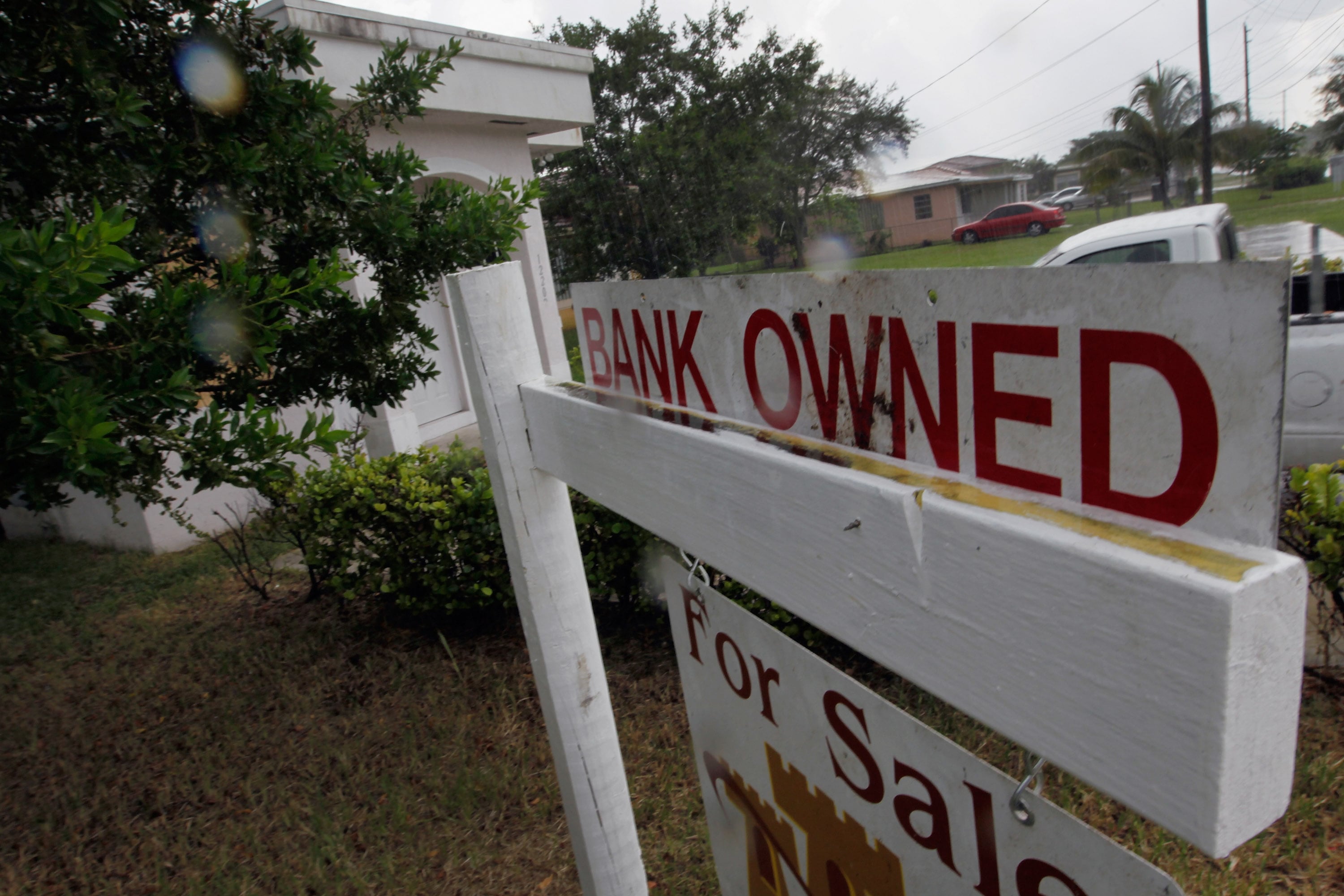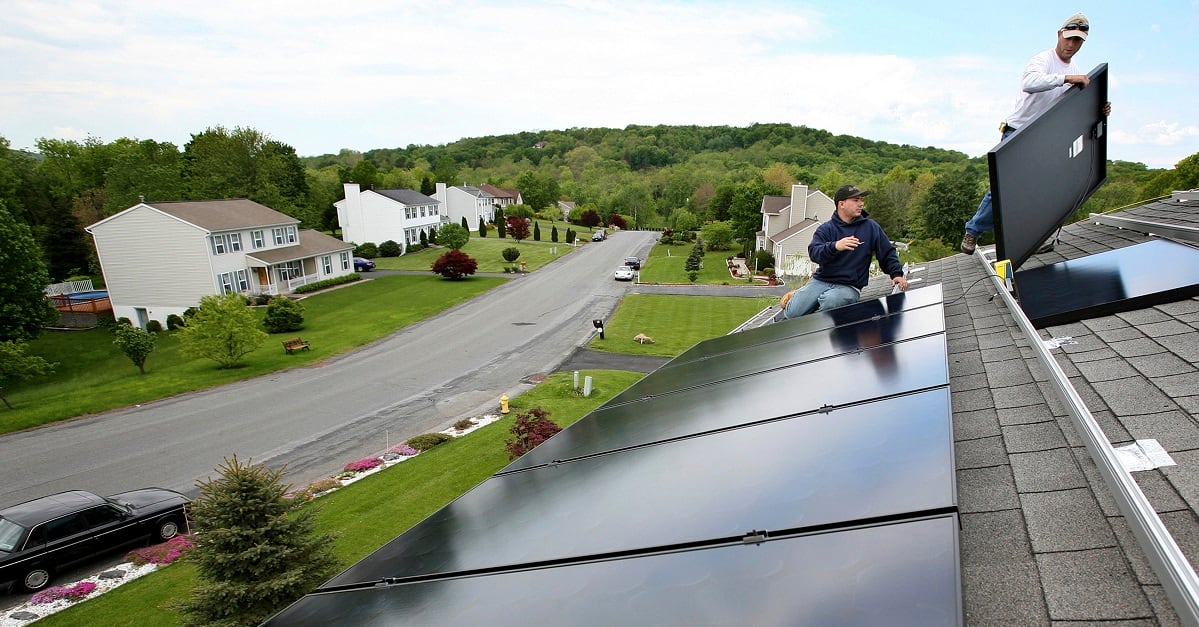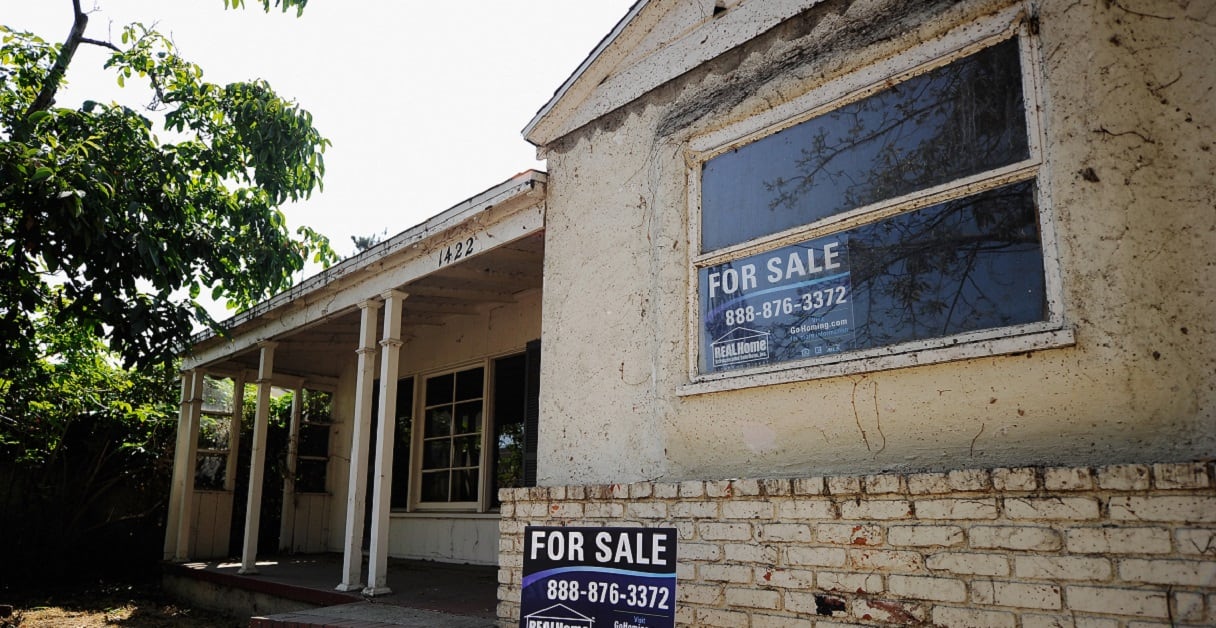When discussing the minimum property requirements for a home under the VA loan program, three words often come up: “safe, sound and sanitary.”
Here they are in video form, for instance:
It sounds simple, but the way VA determines whether those three words apply to a given property takes a few more words to sort out: The minimum property requirements section of VA’s Lenders Handbook runs about 4,700 words, for instance.
While many of these guidelines are general safety requirements addressing everything from heating to electrical to construction concerns, or mandate compliance with local and/or federal building codes, some are more specific. And while waivers are available under certain circumstances (check with your lender or VA Regional Loan Center for details), some flaws will torpedo your VA loan process.
Here’s a quick rundown of the general guidelines. Note: Not all regions will come under all restrictions; homes in hot climates, for instance, likely will be exempted from heating requirements:
1. More than termites. Yes, these critters can derail your plans, but VA also checks for other signs of structural problems, such as excessive dampness, evidence of settlement or poor workmanship.
2. Water rules. Springs or cisterns are allowed when other water-delivery methods aren’t available or feasible.
RELATED

3. Access rules. Building-sharers, take note: VA-backed loan users must be able to enter their residence, and their backyard (if applicable) without entering someone else’s living area.
4. Roof repair. If your new home needs a new roof and the old roof has three or more sets of shingles, VA requires they be stripped before the repair is made.
5. Heating with wood. Wood-burning stoves are permitted as a home’s primary heating source, but a backup source must be able to keep areas with plumbing heated to 50 degrees.
6. Heating with the sun. Solar-powered heat also is permitted, but must come with a comprehensive, conventional backup system.
RELATED

7. Nonresidential use. VA loans are to be used solely for a veteran’s permanent residence. Any property with more than 25 percent of its area designated for nonresident use doesn’t meet VA requirements.
8. Manufactured homes. These structures must be anchored to the manufacturer’s requirements, and must have the appropriate diagonal hurricane ties if they’re located in Wind Zone II or III.
Think your ready for a property that passes muster? Check out our VA Loan Center.
Kevin Lilley is the features editor of Military Times.





